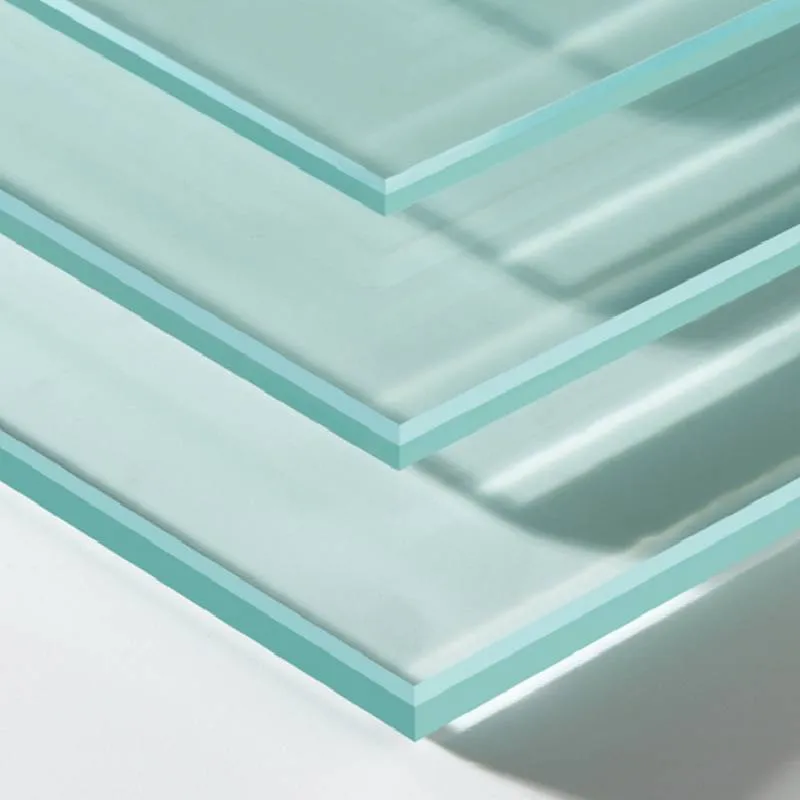Tempered Glass A Versatile Variety for Modern Applications
Tempered glass, also known as toughened glass, has emerged as a favored choice across various industries due to its strength, safety, and aesthetic appeal. Unlike regular glass, which can shatter easily, tempered glass undergoes a special heat treatment process that enhances its durability. This article will delve into the different varieties of tempered glass, their applications, and the reasons behind their growing popularity.
The manufacturing process of tempered glass involves heating the glass to over 600 degrees Celsius and then rapidly cooling it. This procedure creates a balanced internal pressure that significantly increases the glass's strength compared to standard glass, making it up to five times more resistant to impact. Due to its remarkable properties, tempered glass is available in various types, each designed for specific applications.
Tempered Glass A Versatile Variety for Modern Applications
Another popular variant is patterned tempered glass. This type features an array of textures or patterns, providing both privacy and decorative appeal. Often used in shower doors, glass partitions, and interior decor, patterned tempered glass allows light to filter through while obscuring visibility. This versatility has made it a popular choice among designers looking to combine functionality and style.
tempered glass variety
Frosted tempered glass is another variety that has gained traction, particularly in office environments. The frosted finish not only provides privacy but also reduces glare from direct sunlight, creating a comfortable work environment. Its applications range from conference room partitions to privacy screens, making it an essential element in modern office design.
In addition to aesthetic varieties, tempered glass can also be customized with coatings that enhance its performance. For instance, low-E (low emissivity) coatings can be applied to tempered glass to minimize heat transfer, making buildings more energy-efficient. Similarly, reflective coatings can add a layer of solar control, reducing glare and heat penetration while increasing the overall thermal performance of buildings.
Safety is a primary concern when it comes to glass in construction and design. Tempered glass shatters into small, blunt pieces rather than sharp shards, minimizing the risk of injury. This property makes it an excellent choice for high-traffic areas and places where safety is paramount, such as schools, hospitals, and public buildings.
Moreover, the environmental sustainability of tempered glass is noteworthy. It is fully recyclable and can be repurposed without losing its quality, making it an eco-friendly choice for environmentally conscious consumers and builders.
In conclusion, the variety of tempered glass available today caters to a wide range of needs, from aesthetic preferences to safety and energy efficiency. Its strength, durability, and versatility have made it an indispensable material in modern architecture and design. As industries continue to innovate, tempered glass will likely play an even more significant role in shaping our built environment, combining functionality with elegance. Whether in residential, commercial, or industrial applications, tempered glass stands as a testament to the fusion of style and safety.
 Afrikaans
Afrikaans  Albanian
Albanian  Amharic
Amharic  Arabic
Arabic  Armenian
Armenian  Azerbaijani
Azerbaijani  Basque
Basque  Belarusian
Belarusian  Bengali
Bengali  Bosnian
Bosnian  Bulgarian
Bulgarian  Catalan
Catalan  Cebuano
Cebuano  Corsican
Corsican  Croatian
Croatian  Czech
Czech  Danish
Danish  Dutch
Dutch  English
English  Esperanto
Esperanto  Estonian
Estonian  Finnish
Finnish  French
French  Frisian
Frisian  Galician
Galician  Georgian
Georgian  German
German  Greek
Greek  Gujarati
Gujarati  Haitian Creole
Haitian Creole  hausa
hausa  hawaiian
hawaiian  Hebrew
Hebrew  Hindi
Hindi  Miao
Miao  Hungarian
Hungarian  Icelandic
Icelandic  igbo
igbo  Indonesian
Indonesian  irish
irish  Italian
Italian  Japanese
Japanese  Javanese
Javanese  Kannada
Kannada  kazakh
kazakh  Khmer
Khmer  Rwandese
Rwandese  Korean
Korean  Kurdish
Kurdish  Kyrgyz
Kyrgyz  Lao
Lao  Latin
Latin  Latvian
Latvian  Lithuanian
Lithuanian  Luxembourgish
Luxembourgish  Macedonian
Macedonian  Malgashi
Malgashi  Malay
Malay  Malayalam
Malayalam  Maltese
Maltese  Maori
Maori  Marathi
Marathi  Mongolian
Mongolian  Myanmar
Myanmar  Nepali
Nepali  Norwegian
Norwegian  Norwegian
Norwegian  Occitan
Occitan  Pashto
Pashto  Persian
Persian  Polish
Polish  Portuguese
Portuguese  Punjabi
Punjabi  Romanian
Romanian  Russian
Russian  Samoan
Samoan  Scottish Gaelic
Scottish Gaelic  Serbian
Serbian  Sesotho
Sesotho  Shona
Shona  Sindhi
Sindhi  Sinhala
Sinhala  Slovak
Slovak  Slovenian
Slovenian  Somali
Somali  Spanish
Spanish  Sundanese
Sundanese  Swahili
Swahili  Swedish
Swedish  Tagalog
Tagalog  Tajik
Tajik  Tamil
Tamil  Tatar
Tatar  Telugu
Telugu  Thai
Thai  Turkish
Turkish  Turkmen
Turkmen  Ukrainian
Ukrainian  Urdu
Urdu  Uighur
Uighur  Uzbek
Uzbek  Vietnamese
Vietnamese  Welsh
Welsh  Bantu
Bantu  Yiddish
Yiddish  Yoruba
Yoruba  Zulu
Zulu 

